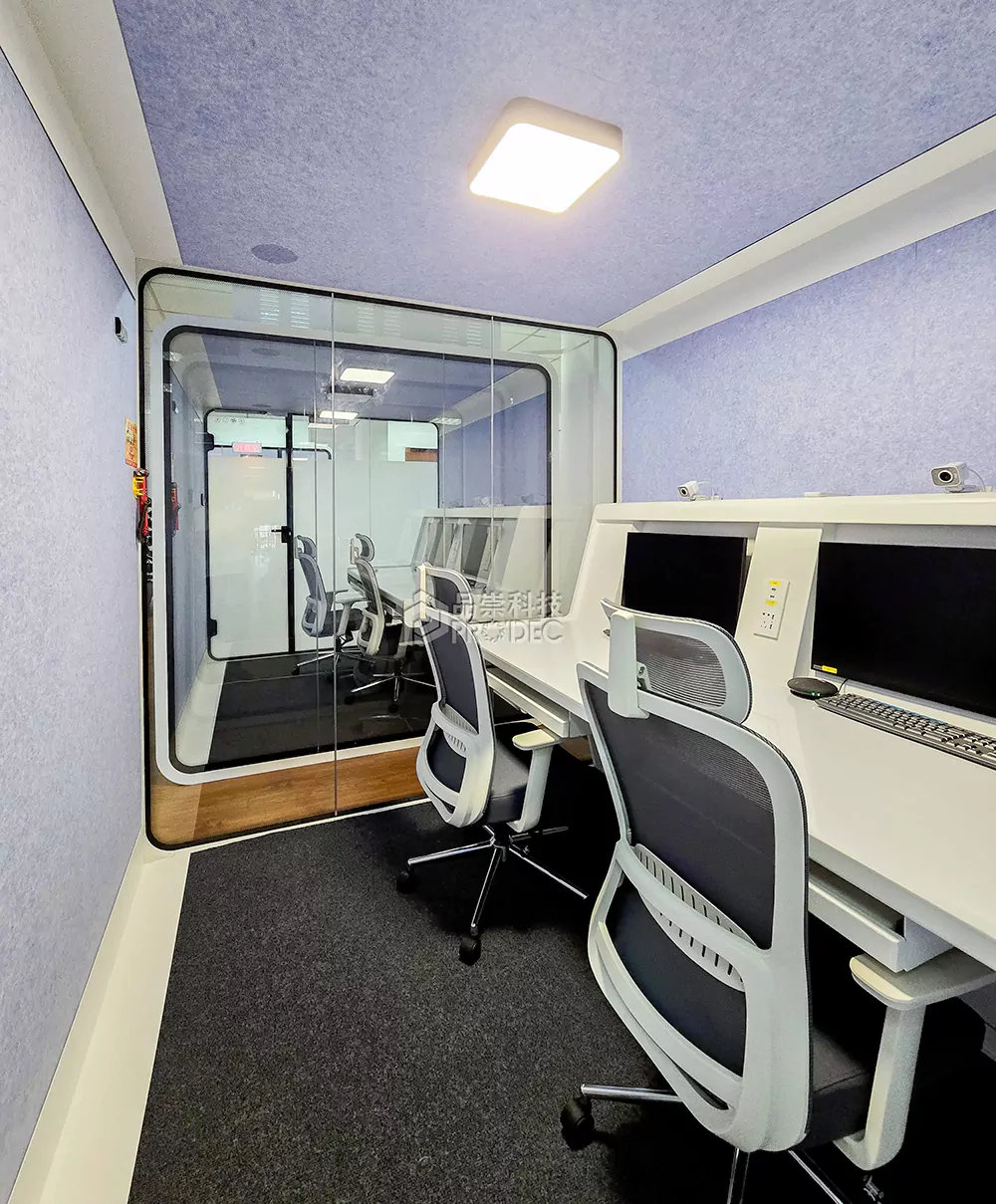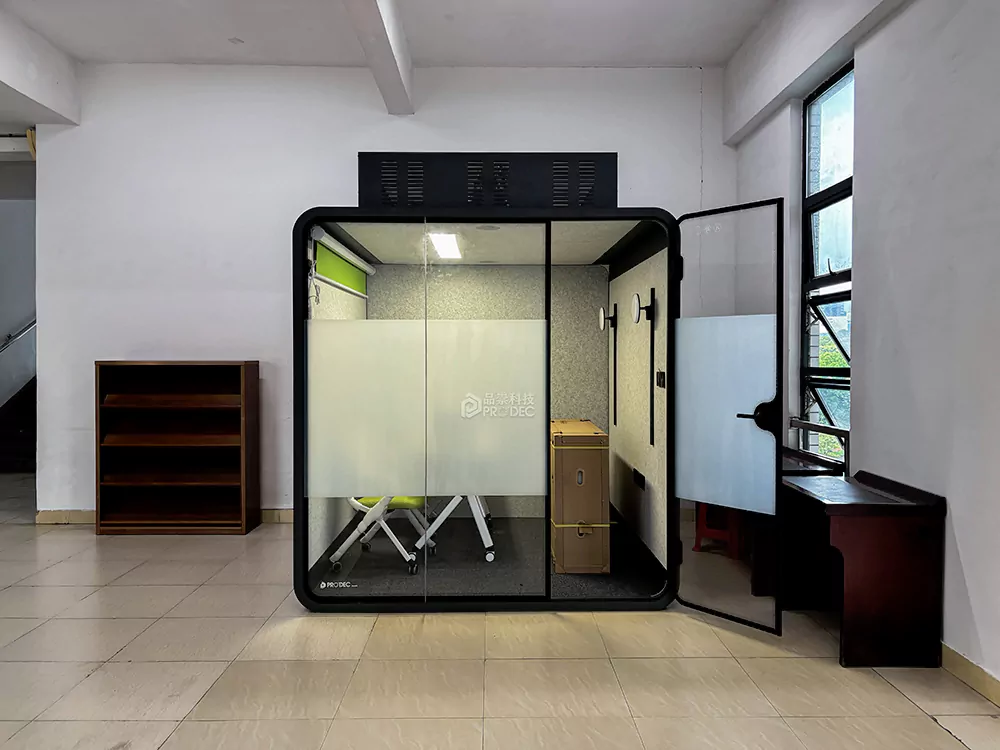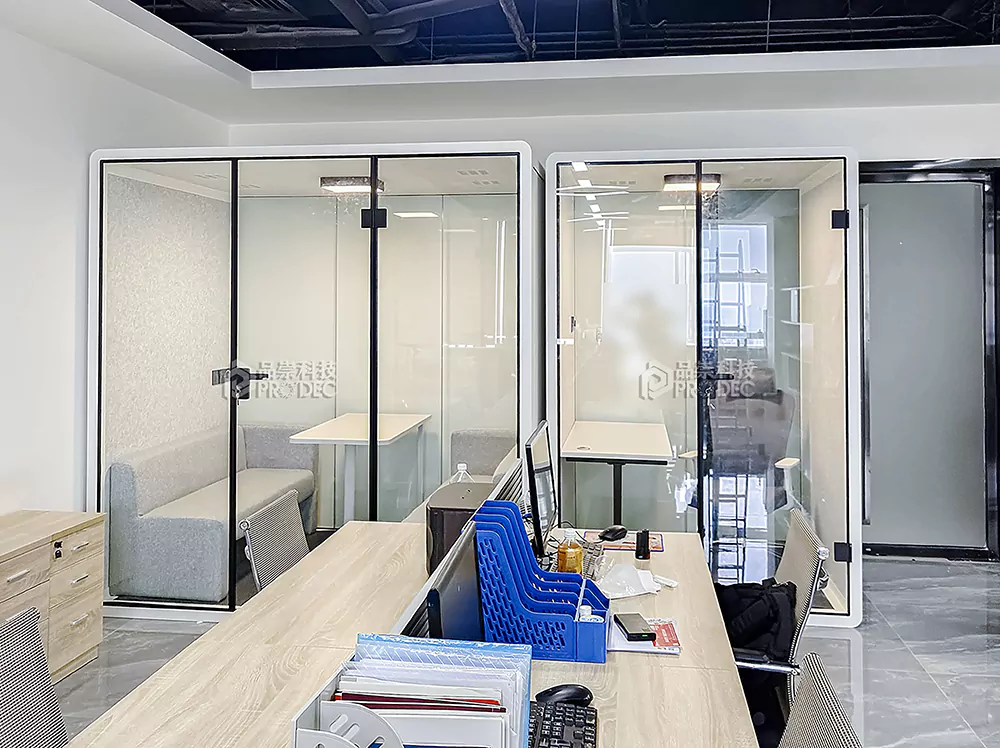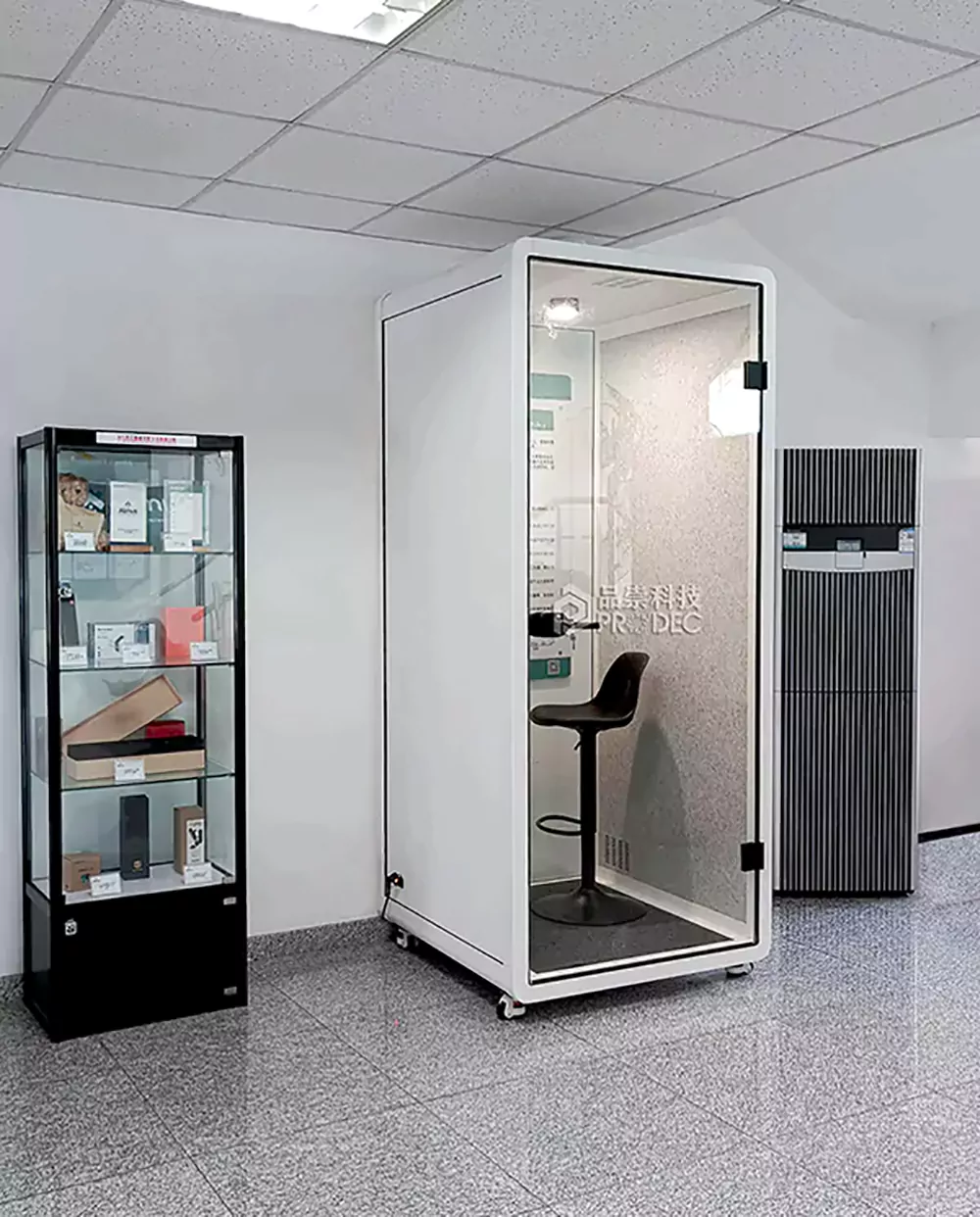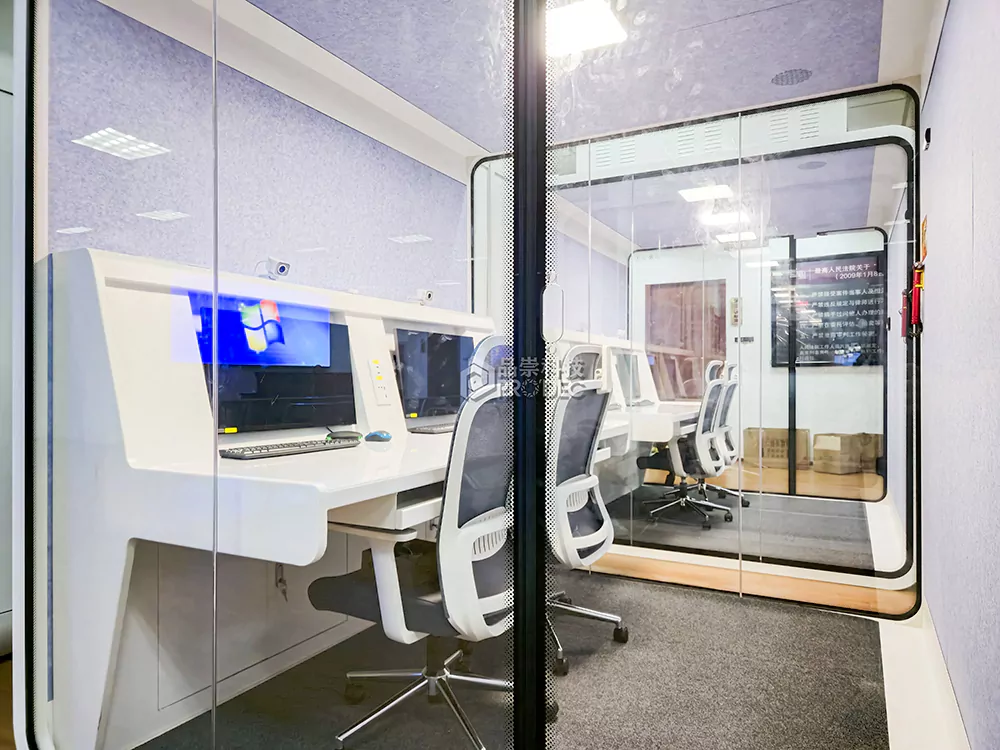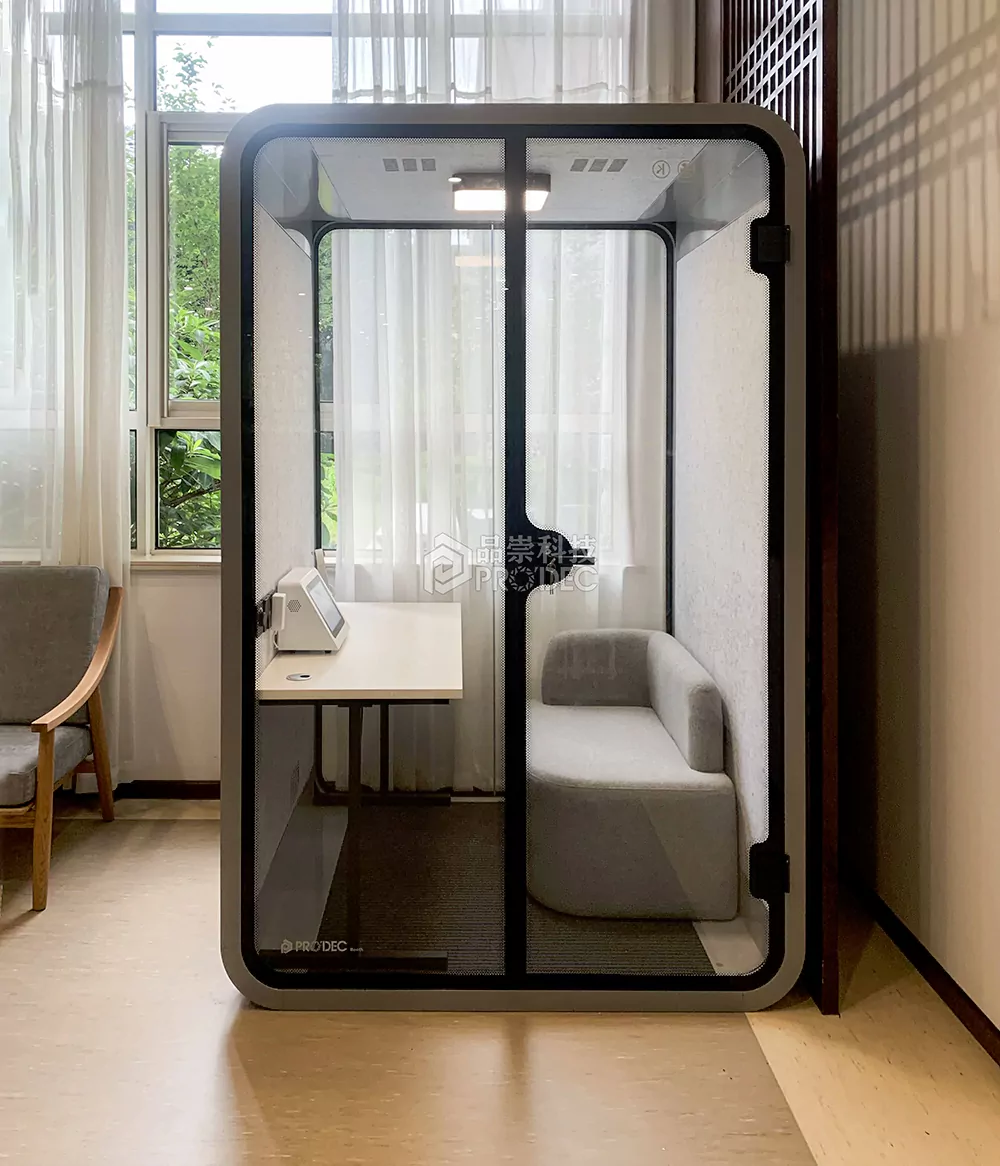Why Soundproof Pods Cannot Achieve 100% Silence
In our increasingly noisy world, soundproof pods have emerged as oases of calm. From open-plan offices to bustling homes, these sleek capsules promise a sanctuary for focused work, private calls, or a moment of peace. The marketing often portrays them as impenetrable bubbles of silence. However, anyone who has spent time inside one may have noticed a lingering hum, the muffled thump of a bass, or the sound of their own heartbeat. The reality is that no soundproof pod can ever deliver 100% silence. This isn’t a failure of engineering, but a fundamental lesson in physics.
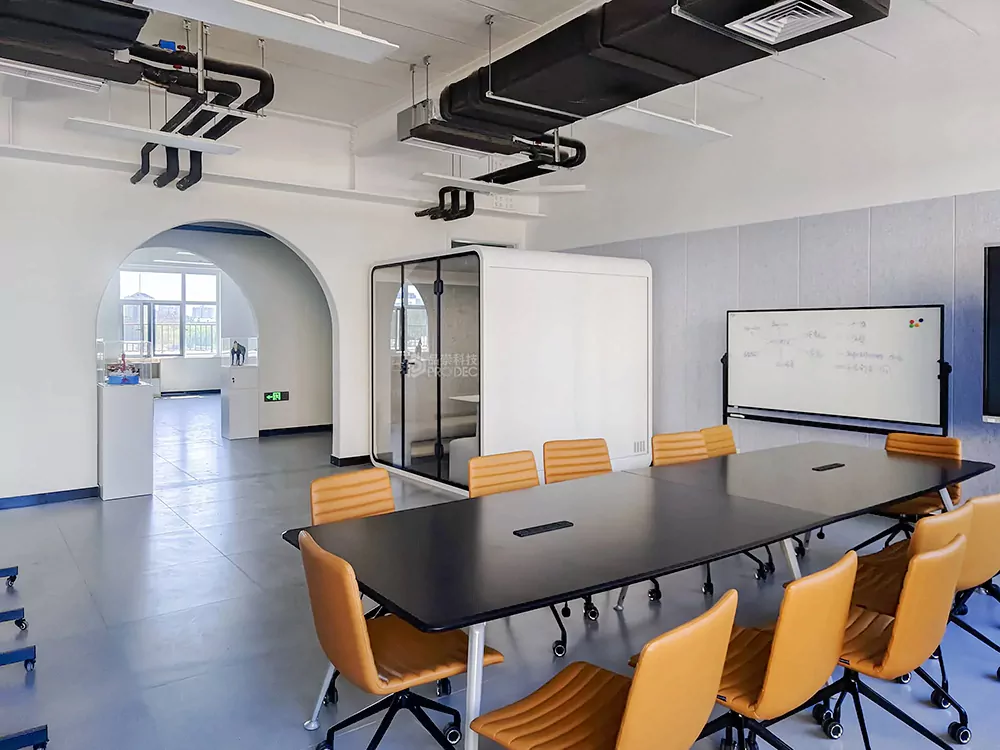
Here’s a breakdown of the key reasons why absolute silence remains an unattainable goal.
1. The Battle of Mass and Resonance
The first line of defense in any soundproofing system is mass. The principle is simple: dense, heavy materials are harder for sound waves to vibrate, thereby blocking their transmission. Pods use thick acrylic, glass, and insulated panels to achieve this.
However, every material has a natural resonant frequency. Like a tuning fork, if a sound wave outside the pod matches this frequency, it will cause the entire structure to vibrate and re-radiate the sound inside. While engineers design pods to have very low resonant frequencies (outside the range of most human speech), powerful low-frequency sounds—like the slam of a heavy door, the rumble of a truck, or loud bass music—can still excite the structure, creating a faint but perceptible vibration and sound within the pod.
2. The Insidious Nature of Low-Frequency Sound
High-frequency sounds (like a person talking or a phone ringing) are relatively easy to block. They have short wavelengths that are effectively absorbed and reflected by the pod’s walls. Low-frequency sounds, on the other hand, are the true challenge.
Their long wavelengths give them immense energy and allow them to bend around obstacles—a phenomenon known as diffraction. They can travel through materials that would easily stop higher-pitched noises and find the tiniest weak points in a structure. Even if a pod’s walls are 99% effective, these “bass” frequencies will find a way to transmit, not as clear music or speech, but as a pervasive, dull pressure or rumble that feels almost physical.
3. Structural Flanking and the Weakest Link
A soundproof pod is not a single, monolithic object. It is an assembly of panels, windows, doors, ventilation systems, and electrical conduits. Sound is lazy; it will always find the path of least resistance, a concept known as “flanking.”
The most common flanking paths are:
The Door Seal: No magnetic or rubber seal is perfect. A microscopic gap is enough for high-frequency sound to leak through.
Ventilation Systems: Pods need fresh air to be habitable. The necessary ventilation ducts act as direct tunnels for sound to travel in and out. While acoustic labyrinths and silencers are installed, they can only reduce, not eliminate, this noise transfer.
Electrical Penetrations: Cables for power and data must enter the pod. Any hole, no matter how well-sealed, is a potential weak spot.
The Floor Coupling: If the pod is not perfectly isolated from the floor, vibrations can travel directly through the foundation into the structure itself.
The overall soundproofing performance is only as strong as its weakest link.
4. The Internal Soundscape: You Are the Noise Source
Even if a pod were magically sealed from all external noise, you would still not experience true silence. Inside the pod, you become the primary sound source. You will hear the sound of your own breathing, the rustle of your clothing, and the blood flowing in your ears. In the absence of masking ambient noise, these internal bodily sounds become surprisingly prominent.
Furthermore, the pod’s own systems contribute to the soundscape. The fan for ventilation produces a constant background hum, and any lighting or climate control systems will also generate a minimal amount of noise.
Conclusion: The Goal is Acoustic Comfort, Not Absolute Silence
The pursuit of a 100% silent pod is a scientific impossibility. Instead, the goal of acoustic engineering is to create an environment of acoustic comfort. A high-quality soundproof pod dramatically reduces distracting external noises—conversations, keyboard clatter, general office hubbub—to a level where they are no longer intrusive. It creates a private, controlled acoustic environment where speech intelligibility is high and concentration is possible.
So, the next time you step into a pod and notice a faint, distant hum, don’t see it as a flaw. See it as a reminder of the complex physics at play and appreciate the remarkable engineering that has come so close to creating a bubble of quiet in a chaotic world. It’s not perfect silence, but it’s often exactly what we need.
—
本文由人工智能技术生成,基于公开技术资料和厂商官方信息整合撰写,以确保信息的时效性与客观性。我们建议您将所有信息作为决策参考,并最终以各云厂商官方页面的最新公告为准。

